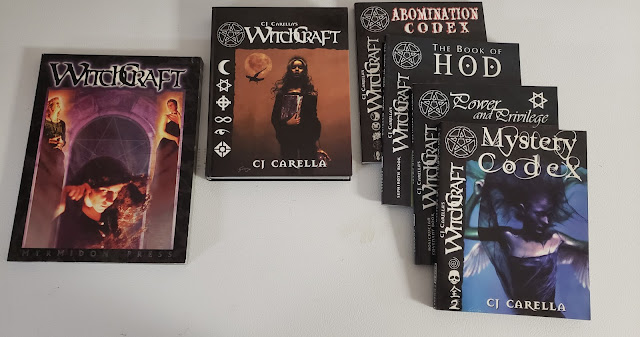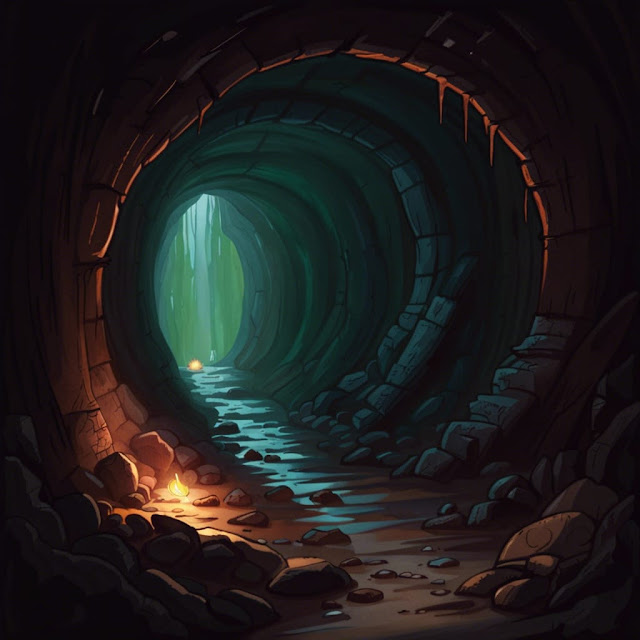[Free RPG Day 2023] Movers & Shakers
Now in its sixteenth year, Free RPG Day for 2023 took place on Saturday, June 24th. As per usual, Free RPG Day consisted of an array of new and interesting little releases, which are traditionally tasters for forthcoming games to be released at GenCon the following August, but others are support for existing RPGs or pieces of gaming ephemera or a quick-start. Thanks to the generosity of David Salisbury of Fan Boy 3, Fil Baldowski at All Rolled Up, and others, Reviews from R’lyeh was able to get hold of many of the titles released for Free RPG Day, both in the USA and elsewhere.
—oOo— The Movers & Shakers Free RPG Day Booklet is the quick-start for Avatar Legends: The Roleplaying Game, one of the most successful Kickstarter campaigns for any roleplaying game. Published by Magpie Games, this is the roleplaying adaptation of Avatar: The Last Airbender and The Legend of Korra, animated series which are inspired by the indigenous cultures of North America and Asia, in particular, China, Chinese martial arts, and the ability to ‘bend’ or manipulate the four elements—water, earth, fire, and air. Only one person can bend all four elements, and he is known as the ‘Avatar’, and not only does he serve as the link between the physical world and the spirit world, but he is also responsible for maintaining harmony between the world’s four nations. In the roleplaying game, the players roleplay characters, or companions, who are capable of bending one of the elements as well as practising martial arts, all with the aim of protecting the world from harm and those unable to stand up to misuse of power. The Movers & Shakers Free RPG Day Booklet is designed for three to six players, one of whom will be the Game Master, and includes five pre-generated Player Characters, rules and advice for the Game Master, and a situation or scenario, the ‘Movers & Shakers’, of the title.
The Movers & Shakers Free RPG Day Booklet is the quick-start for Avatar Legends: The Roleplaying Game, one of the most successful Kickstarter campaigns for any roleplaying game. Published by Magpie Games, this is the roleplaying adaptation of Avatar: The Last Airbender and The Legend of Korra, animated series which are inspired by the indigenous cultures of North America and Asia, in particular, China, Chinese martial arts, and the ability to ‘bend’ or manipulate the four elements—water, earth, fire, and air. Only one person can bend all four elements, and he is known as the ‘Avatar’, and not only does he serve as the link between the physical world and the spirit world, but he is also responsible for maintaining harmony between the world’s four nations. In the roleplaying game, the players roleplay characters, or companions, who are capable of bending one of the elements as well as practising martial arts, all with the aim of protecting the world from harm and those unable to stand up to misuse of power. The Movers & Shakers Free RPG Day Booklet is designed for three to six players, one of whom will be the Game Master, and includes five pre-generated Player Characters, rules and advice for the Game Master, and a situation or scenario, the ‘Movers & Shakers’, of the title.The Movers & Shakers Free RPG Day Booklet and thus Avatar Legends: The Roleplaying Game is ‘Powered by the Apocalypse’, the mechanics based on the award-winning post-apocalyptic roleplaying game, Apocalypse World, published by Lumpley Games in 2010. At the heart of these mechanics are Playbooks and their sets of Moves. Now, Playbooks are really Player Characters and their character sheets, and Moves are actions, skills, and knowledges, and every Playbook is a collection of Moves. Some of these Moves are generic in nature, such as ‘Guide and Comfort’ or ‘Rely on your Skill and Training’, and every Player Character can attempt them. Others are particular to a Playbook, for example, Qacha, the Guardian, one of the five pre-generated Player Characters, has the Moves, ‘Catch a Liar’, ‘Suspicious Mind’, ‘Martyr Complex’, and ‘A Warrior’s Heart’.
To undertake an action or Move in a ‘Powered by the Apocalypse’ roleplaying game—or Avatar Legends: The Roleplaying Game, a character’s player rolls two six-sided dice and adds the value of an attribute such as Creativity, Focus, Harmony, and Passion, to the result. A full success is achieved on a result of ten or more; a partial success is achieved with a cost, complication, or consequence on a result of seven, eight, or nine; and a failure is scored on a result of six or less. Essentially, this generates results of ‘yes’, ‘yes, but…’ with consequences, and ‘no’. Notably though, the Game Master does not roll in ‘Powered by the Apocalypse’ roleplaying game—or Avatar Legends: The Roleplaying Game, although she does have Moves of her own.
So, for example, if Erdene, the Prodigy, wants to assess an opponent, her player will select the ‘Judging a Rival’ Move. The aim is to have Erdene determine the rival’s strengths and weaknesses, how she can show dominance or submission to the rival, what the rival intends to do next, and what the rival wishes that Erdene would do next. To make the Move, the player rolls the dice and his Erdene’s Focus to the result. On a result of ten or more, the player can ask two of these questions, whilst on a result of seven, eight, or nine, he only gets to ask one.
Besides the four stats, a Player Character has Backgrounds, for example, Urban and Military, Demeanours like Confident and Warm, and a Training, such as Airbending. He also has a Fighting Style, like ‘Strong individual streams of air, like a Firebender’s flame jets’. His Balance is represented by a track, which runs from ‘+3’ to ‘-3’, for example, between the Principles of Excellence and Community. Events and the effects of Moves can shift the Player Character’s Balance up and down the track. This represents a Player Character’s core personality and if this Balance is pushed off the track, which can lead to a loss of a Player Character’s powers, his acting against his principles, or even give in to the enemy. A Player Character’s Balance can be restored through rest and reflection, but this takes time. In addition, a Player Character has an aspect that adds depth and detail, as well as motivation. For example, Thi, the Hammer, has ‘Bringing Them Down’ which sets him up to confront a single enemy. In his case, it is Amrita, the lieutenant of the Creeping Crystal Triad that Thi once worked for and is trying to make up for having done so. When facing Amrita, Thi has a penalty to all interactive Moves, but when fighting Amrita, becomes Inspired and clears all fatigue. A Player Character has two or three ‘Fighting Techniques’ and notes on connections, a Moment of Balance when he can restore his Balance, and a Background.
As the quick-start for Avatar Legends: The Roleplaying Game, the Movers & Shakers Free RPG Day Booklet provides both an introduction to the setting and the mechanics. The former includes a basic overview of the setting, the ‘Avatarverse’ and its five ages and four nations, plus descriptions of Airbending, Earthbending, Firebending, and Waterbending, followed by Weapons and Technology, and the roles that they all play in the ‘Avatarverse’. It provides a short, basic introduction to the setting, whilst the scenario gives more setting specific details. The explanation of the rules is more extensive, covering what a roleplaying game is, the need for safety tools, how to frame scenes, and more, all before going into detail about Moves. This includes the Basic Moves common to every character, plus Balance Moves, which affects the Balance Track, as well as Combat Exchanges. In general, combat in the Movers & Shakers Free RPG Day Booklet and in Avatar Legends: The Roleplaying Game is run as a series of one-on-one combats rather than mass brawls, no matter the number of combatants. They require combatant to first select an approach, either ‘Defend and Manoeuvre’, ‘Advance and Attack’, or ‘Evade and Observe’, this being the basic style the character wants to assume. After that, a combatant can select a Fighting Technique associated with the approach. For example, Erdene, the Prodigy, has three Fighting Techniques. Both ‘Steady Stance’ and ‘Air Swipe’ are associated with the ‘Defend and Manoeuvre’ approach and ‘Small Vortex’ with the ‘Evade and Observe’ approach.
What there is not in Avatar Legends: The Roleplaying Game is any Moves connected to Bending, or the manipulation of an element. A Player Character needs to be trained in Bending, whether Airbending, Earthbending, Firebending, or Waterbending, and these colours what he does and the Moves he makes. For example, Meeka, the Idealist, is a Waterbender and she has the fighting style involving ice spikes, either flung or driven up from the ground or through the walls. With the ‘Disorient’ Fighting Technique, she pummels the foe with quick blows, in this case a flurry of ice shards, but with ‘Slip Over ice’, she slides around the environment with ease to put off an enemy off-balance, this could be over the ice she creates or the water from partly melted ice she has created.
The scenario in the Movers & Shakers Free RPG Day Booklet is the eponymous ‘Movers & Shakers’, which is set during the Korra Era of Avatar: The Last Airbender and The Legend of Korra. The Player Characters are hired to protect the production of a new mover—or film—called ‘Sengo: lady of the Winds’. It has been plagued with equipment malfunctions and breakdowns, and an executive at Varrimovers International Studios fears that someone is attempting to sabotage the production of a mover that could restore the studio’s fortunes. This is certainly the case and that someone is connected to the backstory of one of the five pre-generated Player Characters. Over the course of four days, the Player Characters must protect the film, its production, its crew, and its cast from attacks from without by members of the Creeping Crystal Triad and tensions from within between the cast and crew. With the latter there is scope for investigation and roleplay and with the former, there is scope for roleplaying and combat. Like the publisher’s scenarios for Root: The Tabletop Roleplaying Game, ‘Movers & Shakers’ is not a linear scenario. Rather it is a situation or scenario, comprised of detailed descriptions of the various locations and NPCs, that the players and their characters can explore, the Game Master reacting to their decisions and making Moves of her own to keep up the tension, the storyline, and the action as necessary. It is primarily player-driven and the Game Master will need to understand all of the scenario’s elements to run it properly. This does mean that the scenario—and also the Movers & Shakers Free RPG Day Booklet—are really designed for the beginning Game Master. She is accorded good advice on how to run the scenario, but for someone new to the hobby, it is likely to be daunting prospect.
The five pre-generated Player Characters include a rash airbender with great airbending ability who exasperates her sister, who has sworn to protect her. The others are a former triad employee who is good with technology, who is trying to redeem himself; a former soldier and waterbender who wants to help and heal the world; and an earthbender who wants to live up his father’s skill, but not his reputation. All five pre-generated Player Characters are nicely designed, capable, and interesting, and include backgrounds and connections to one or more of the other Player Characters.
Physically, the Movers & Shakers Free RPG Day Booklet is well presented, sturdy booklet. Running to some fifty-pages, there is plenty of advice and help for the Game Master, including summaries of the Moves, Combat Exchanges, Fighting Techniques, and more at the back. Although it needs a slight edit in places, the main issue perhaps is the lack of examples that would ease the learning of the ‘Powered by the Apocalypse’ mechanics, especially the Combat Exchanges of Avatar Legends: The Roleplaying Game. The detailed nature of the Movers & Shakers Free RPG Day Booklet also means that the Game Master does have a lot to learn and prepare.
The density of Movers & Shakers Free RPG Day Booklet and the non-linear, sandbox style nature of its scenario, ‘Movers & Shakers’, means that Game Master needs to study the booklet in order to prepare and run the adventure. For anyone new to roleplaying, perhaps fans of Avatar: The Last Airbender and The Legend of Korra and having picked up the Movers & Shakers Free RPG Day Booklet to find out what roleplaying is, this is too dense and not supported with examples that would have made the learning process easier. For the more experienced roleplayer, and certainly anyone with experience of ‘Powered by the Apocalypse’, this will be very much less of an issue.
The Movers & Shakers Free RPG Day Booklet is a fun, entertaining introduction to Avatar Legends: The Roleplaying Game and the worlds of Avatar: The Last Airbender and The Legend of Korra. Fans of both will enjoy this, as will any player who enjoys anime and martial arts, but Movers & Shakers Free RPG Day Booklet definitely benefits from an experienced Game Master.



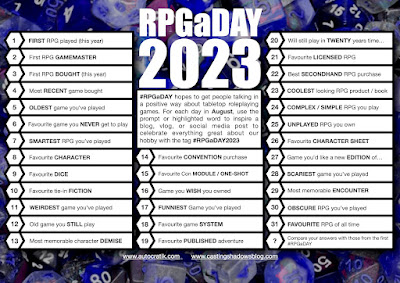
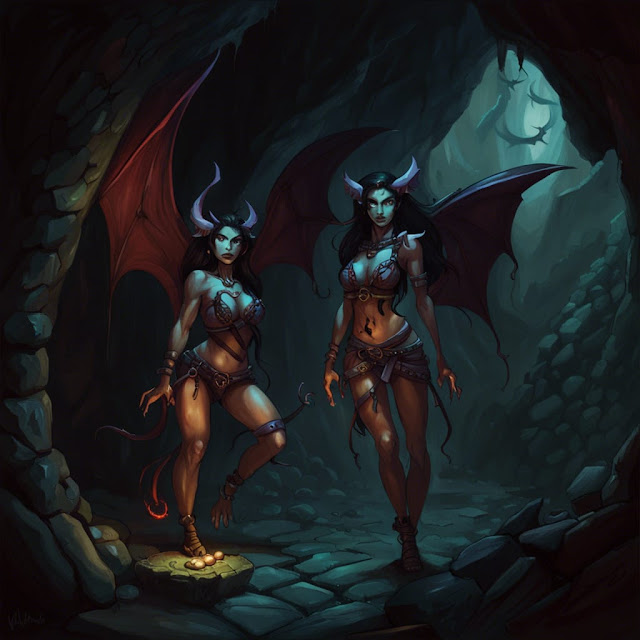

















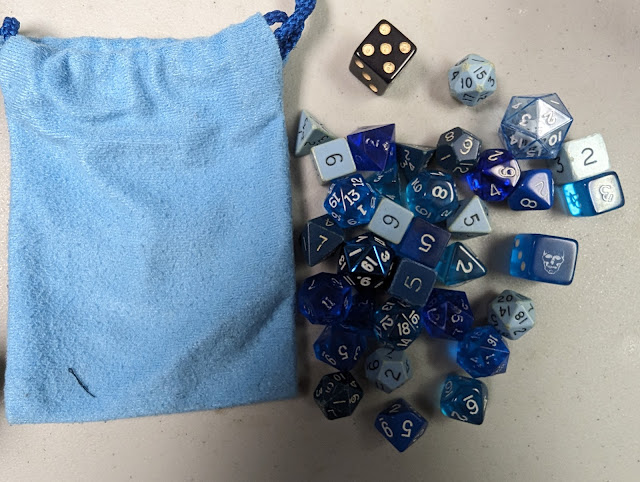



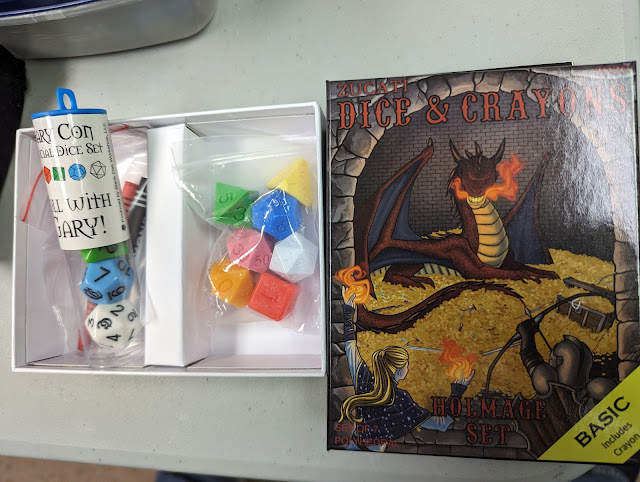




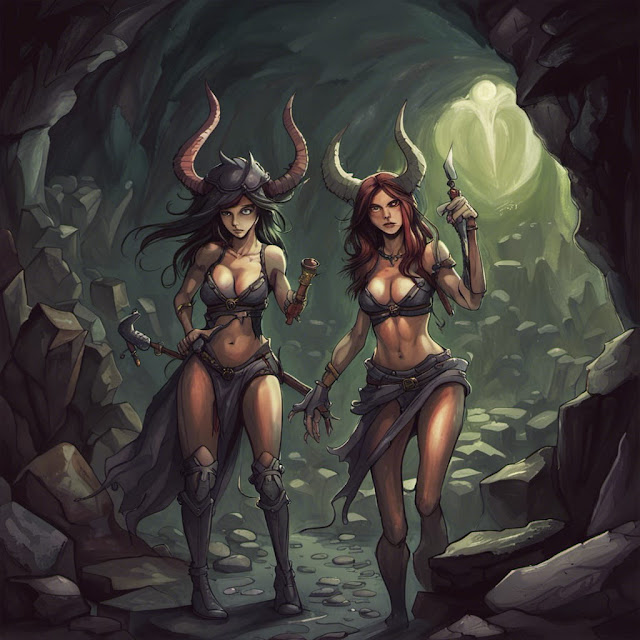

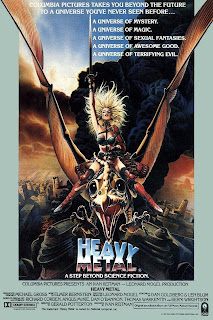
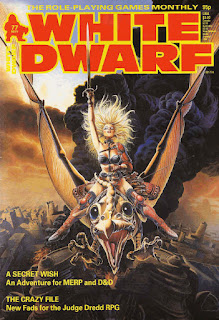

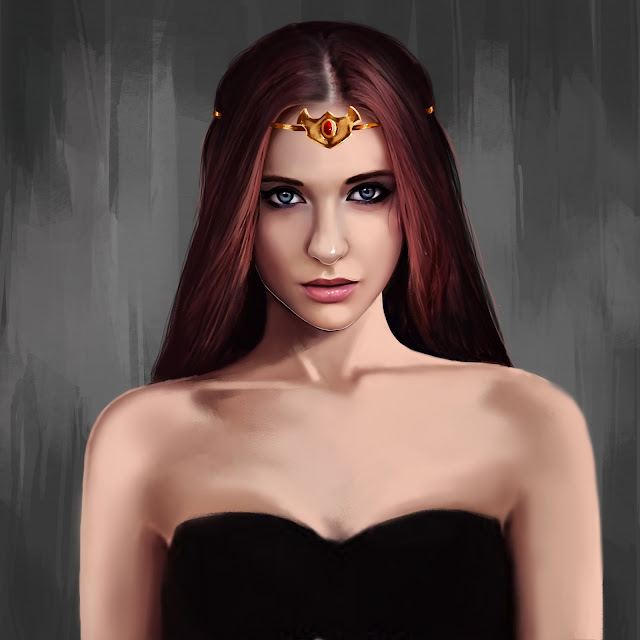
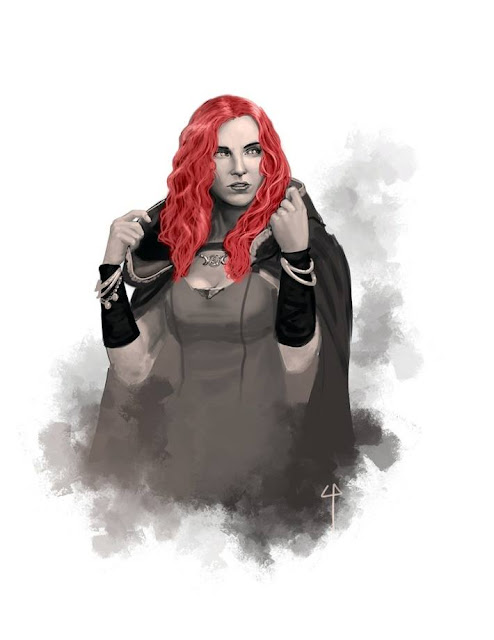




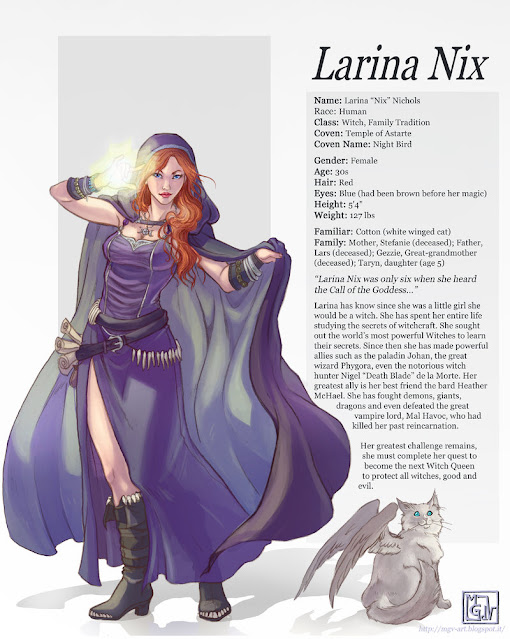
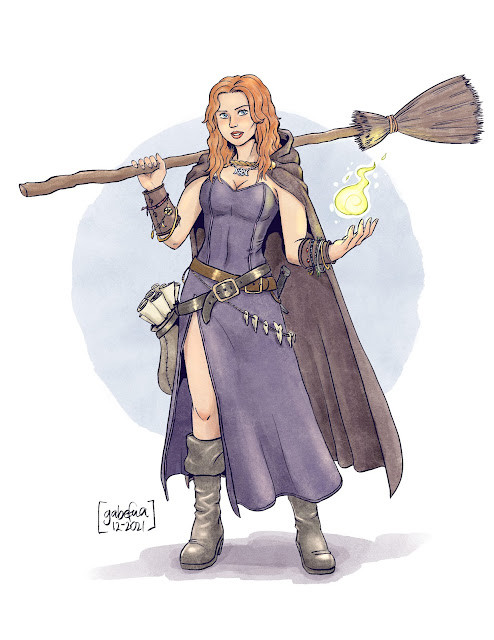



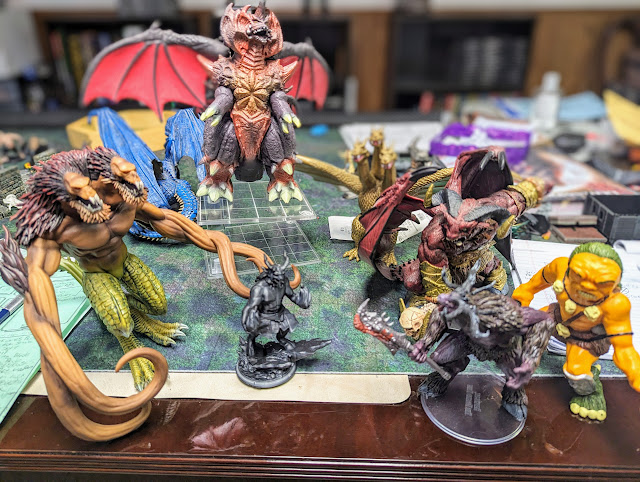


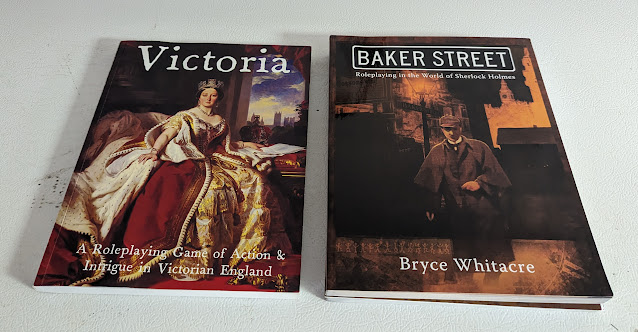


.jpg)

